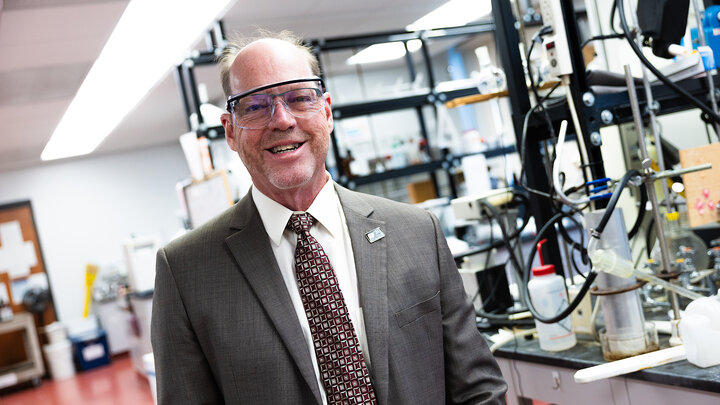Kelsy Burke, professor of sociology, was quoted in an Oct. 7 New York Times article on the revived debate over conversion therapy for LGBTQ youth. “Conversion therapy had an image problem in that the messaging was about making someone straight, and that was losing appeal broadly in American culture,” she said. “But there’s this new moment when it comes to debates about transgender rights that is allowing conversion therapy to be back on the table.” (This article requires a subscription.)
Research led by Jeffrey Stevens, psychology, founding director of Nebraska’s Canine Cognition and Human Interaction Lab, was highlighted in an Oct. 1 American Psychological Association article titled “How dogs think.” The lab is observing whether dogs act differently around odors collected from humans before and after a stressful task.
New research led by Karrie Weber, biological sciences, warns of the dangers of nitrate and uranium interacting in groundwater, the source of much U.S. drinking water. The research was featured in an Oct. 14 Earth.com article.
Weber and Husker colleagues Seunghee Kim and Hyun-Seob Song are studying the Midcontinent Rift — which runs from beneath Lake Superior through parts of Minnesota, Michigan, Wisconsin, Iowa, Nebraska and Kansas — to determine how best to access a potential store of natural hydrogen that could yield vast amounts of clean energy. The research was highlighted in an Oct. 29 Earth.com article.
Ross Secord, Earth and atmospheric sciences, was part of an international research team that recently found that dinosaurs were flourishing before a catastrophic asteroid strike 66 million years ago. The team also included researchers from Baylor University, New Mexico State University and The Smithsonian Institution. The research was originally published in the journal Science and picked up by numerous media outlets.




